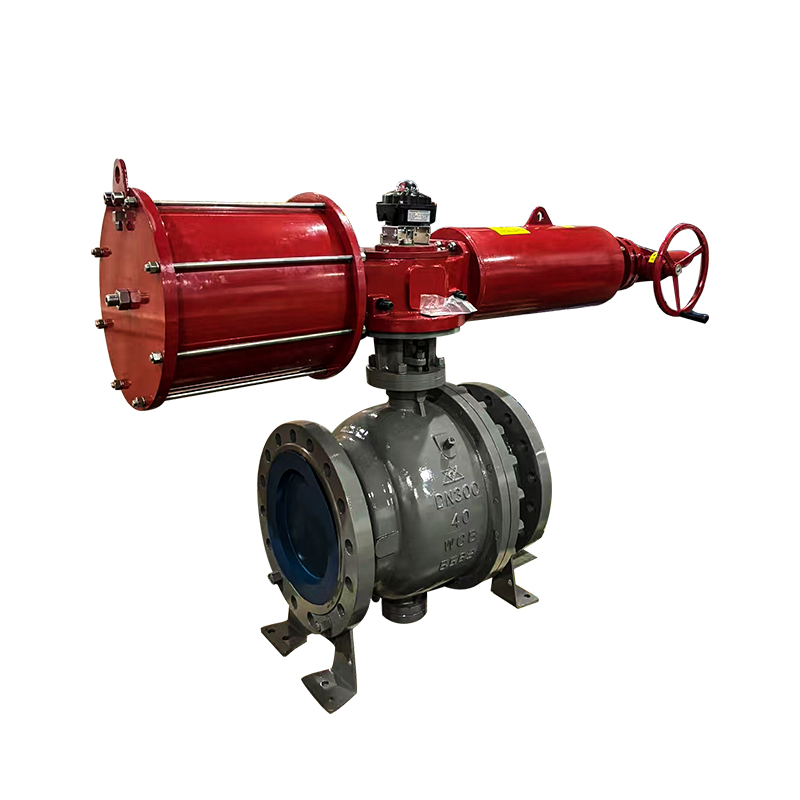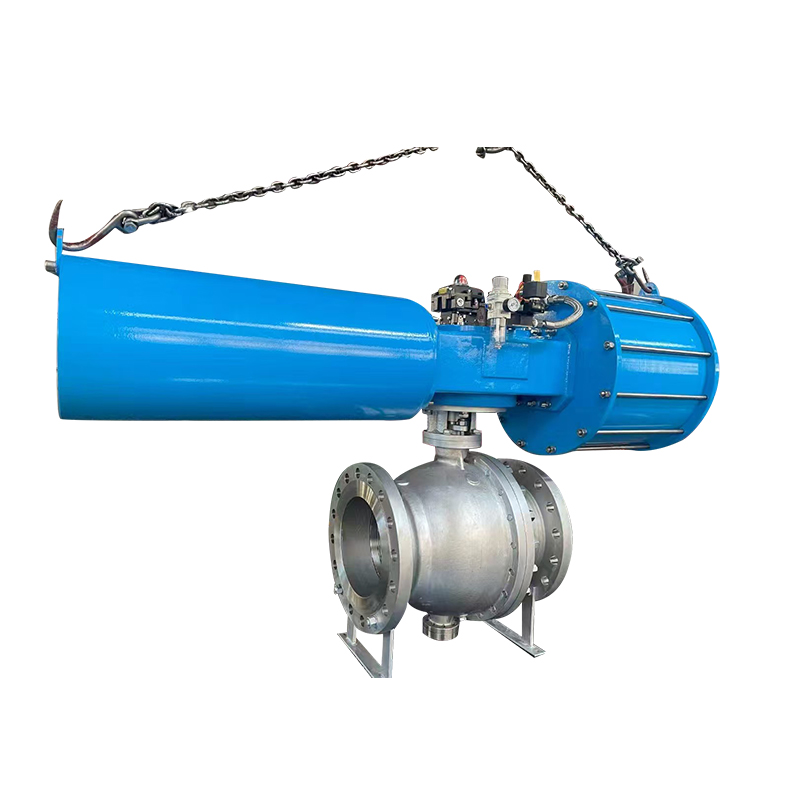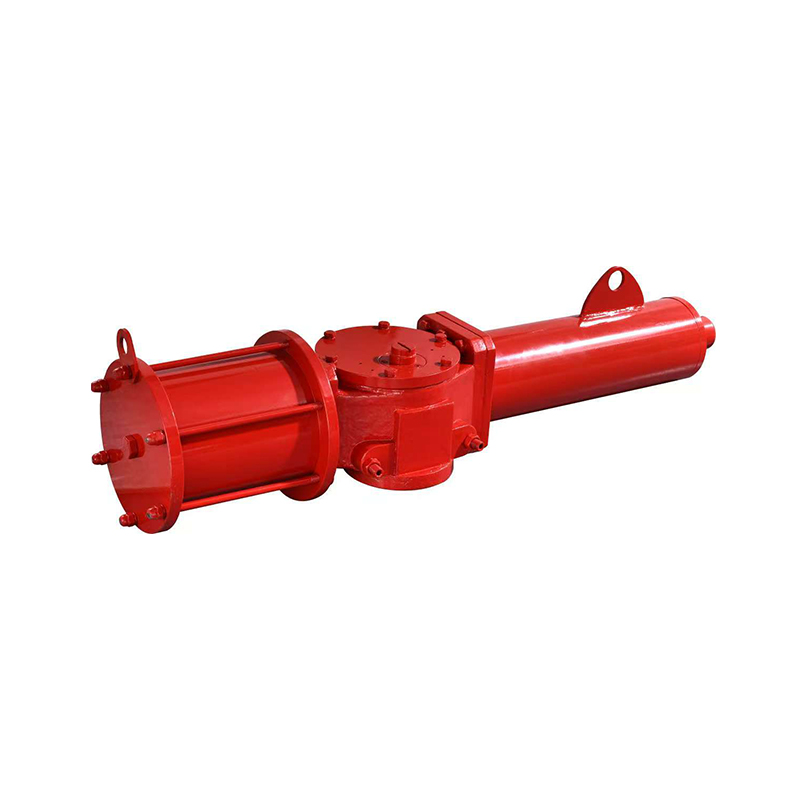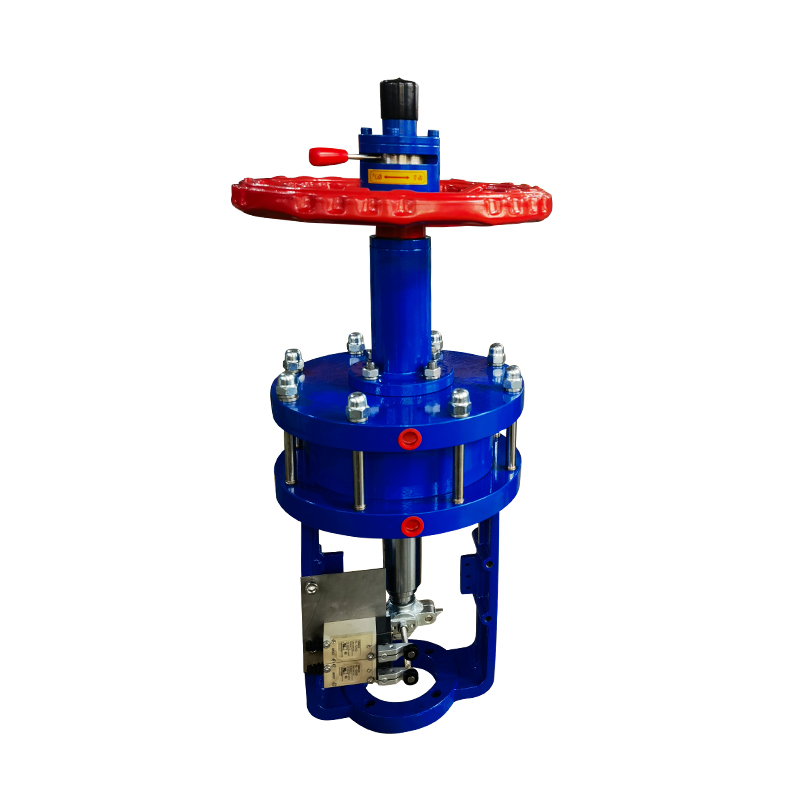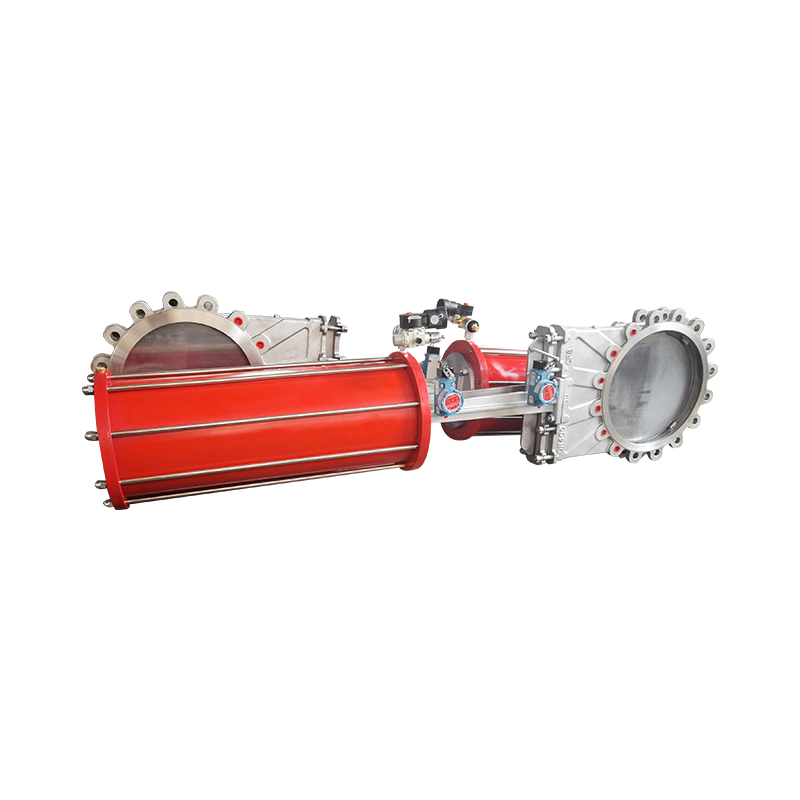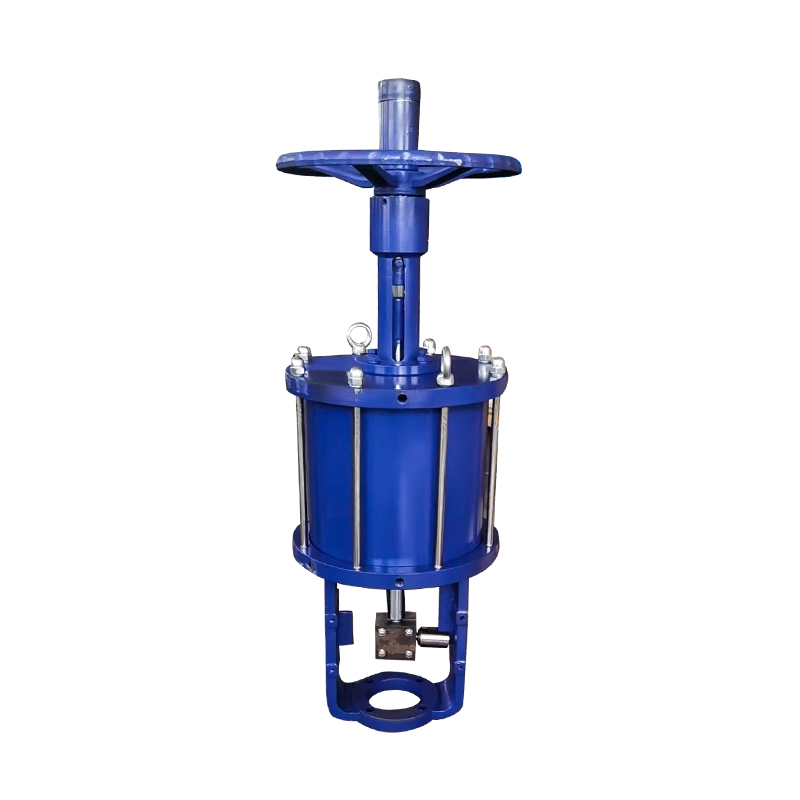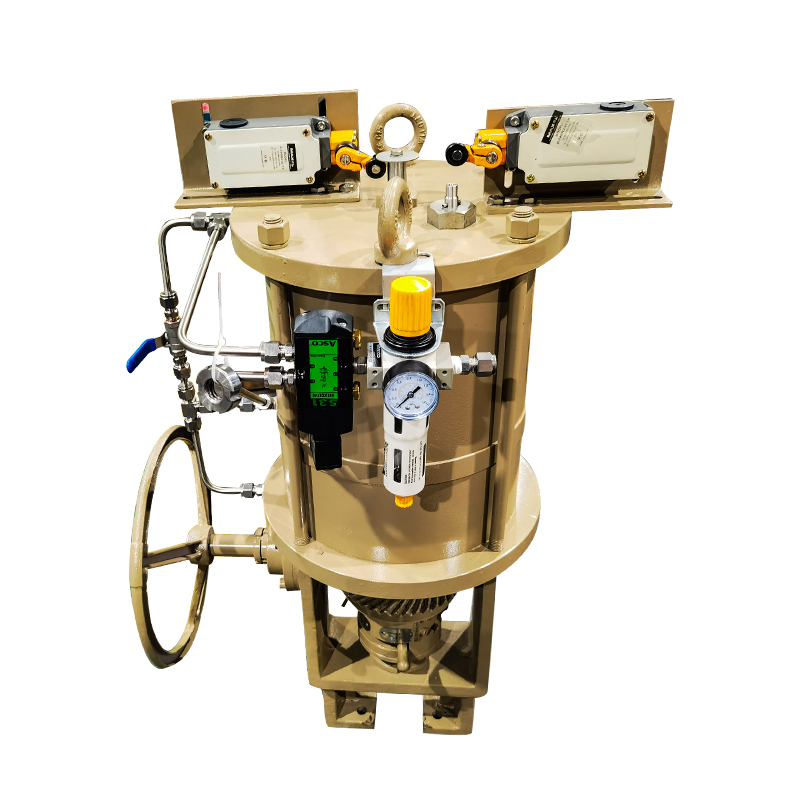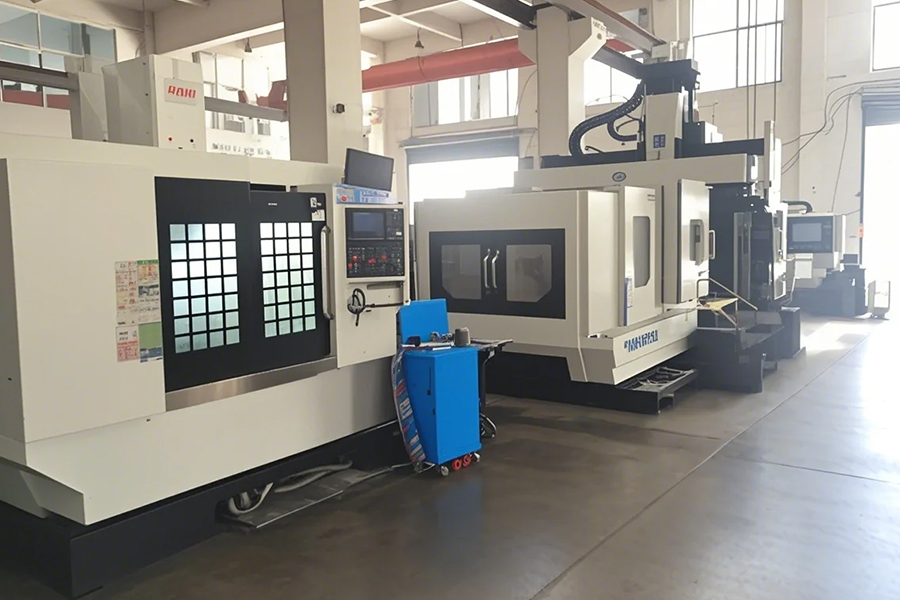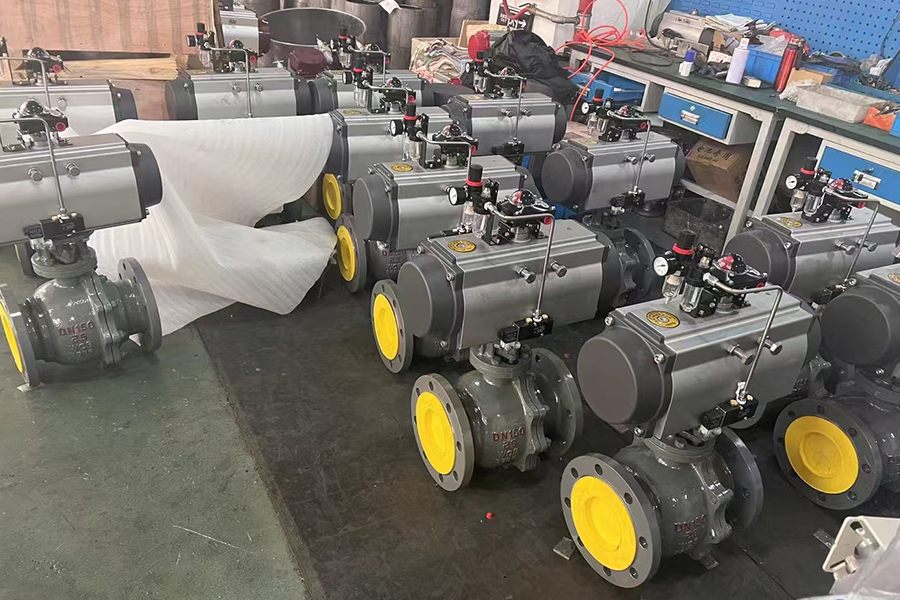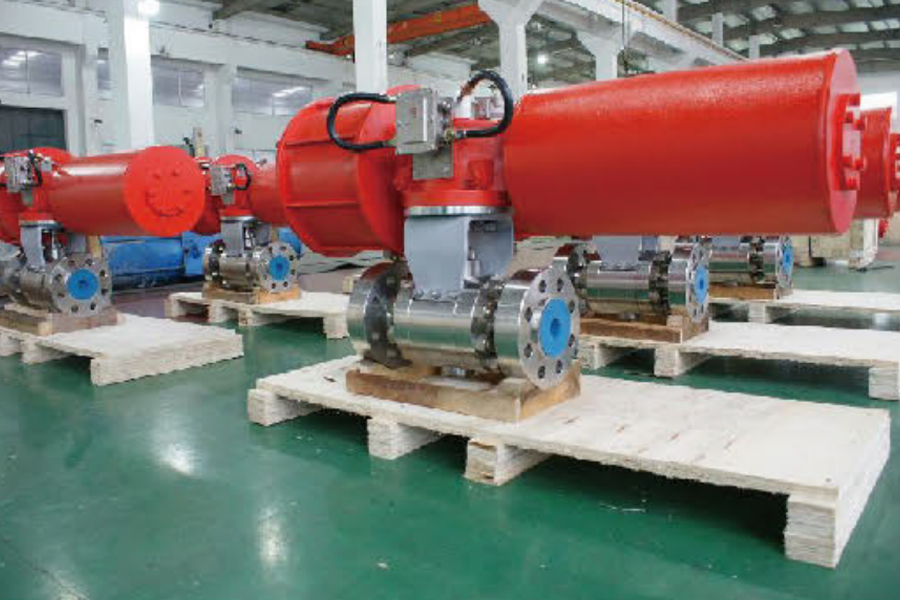
Pneumatic systems are widely used in manufacturing, automation, and material handling. Among various components, the fork type pneumatic valve plays a critical role in controlling airflow and ensuring smooth operation. Selecting the right valve requires understanding its specifications, application requirements, and environmental conditions.
Understanding Fork Type Pneumatic Valves
A fork type pneumatic valve is designed with a forked actuator mechanism that allows precise control of pneumatic flow. These valves are often used in applications requiring reliable switching, directional control, or load sensing. Their unique design makes them suitable for machinery where space is limited or where the valve must integrate seamlessly with existing systems.
The basic function of the valve is to regulate airflow in pneumatic circuits, and its performance depends on factors such as material, pressure rating, and actuation type. Understanding these variables is essential for selecting the correct valve.
Consider Material and Durability
Material selection is a primary factor when choosing a fork type pneumatic valve. Common materials include brass, stainless steel, aluminum, and high-grade polymers. The choice depends on the operating environment. For example, stainless steel valves are suitable for corrosive environments, while lightweight aluminum valves are ideal for systems where weight reduction is important.
Durability also matters for long-term reliability. Valves that can withstand repeated cycling, vibration, and temperature variations reduce maintenance requirements and downtime. Checking the manufacturer's specifications for lifespan and recommended operating conditions is recommended before making a selection.
Pressure and Flow Requirements
Every pneumatic system has specific pressure and flow needs. Selecting a fork type pneumatic valve that meets these requirements ensures proper system performance. Valves are rated by maximum operating pressure and flow coefficient (Cv), which indicates how much airflow they can handle.
Overestimating the required capacity may increase costs unnecessarily, while underestimating can cause system inefficiencies or failures. Matching the valve specifications to the system's pressure and flow ensures smooth operation and safety.
Actuation Method
Fork type pneumatic valves can be actuated manually, mechanically, or electrically. The choice of actuation depends on system automation and operational convenience. Manual valves are simple and cost-effective for occasional use, while electrically actuated valves allow integration with automated control systems. Mechanical actuation is suitable for applications where the valve must respond to physical motion or external triggers.
Choosing the correct actuation type affects not only efficiency but also system compatibility. Ensure the valve can integrate with existing controls and sensors to avoid installation issues.
Environmental and Safety Considerations
Environmental conditions such as temperature, humidity, and exposure to chemicals should influence valve selection. Fork type pneumatic valves designed for harsh conditions often include protective coatings, sealed components, and temperature-tolerant materials.
Safety is another important aspect. Valves should comply with industry standards to prevent leaks or failures. Selecting a valve from a reputable manufacturer ensures adherence to quality and safety requirements.
Compatibility and Maintenance
Finally, consider compatibility with other system components. The valve's size, connection type, and mounting options should match the pneumatic circuit. Easy access for maintenance is also valuable, as it reduces downtime and allows quick inspection or replacement if needed.
Choosing the right fork type pneumatic valve requires careful evaluation of material, pressure and flow requirements, actuation type, environmental conditions, and compatibility with the system. By understanding these factors, operators and engineers can select a valve that delivers reliable performance, reduces maintenance needs, and ensures safe operation. Considering both operational and environmental requirements helps maximize the value and longevity of the pneumatic system.








